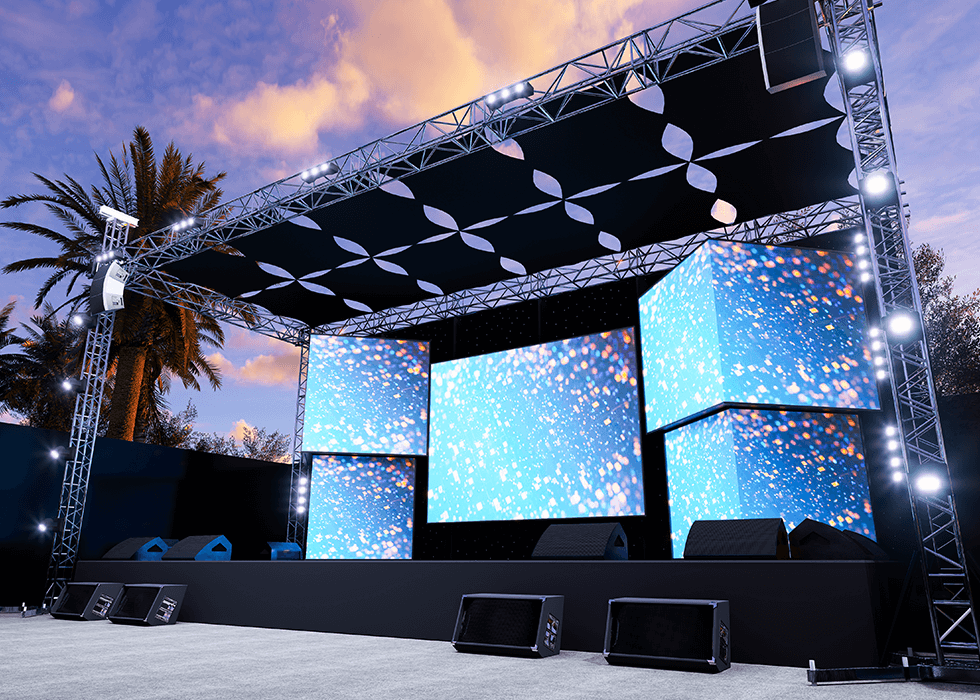News & Trends
LED Walls and Game Engines are Game Changers in Film Production
From special effects to green screens to projections, the film industry has gotten creative and reinvented the wheel time and time again. Now led by LED displays and game engines, production is evolving once more.
Virtual Production Supervisor Adrian Weber of HALOSTAGE has had a hand in several virtual production projects. As an LED virtual production stage, the HALOSTAGE is revolutionizing the way production is done. So are the displays at Absen Inc and many others that are entering the virtual production world.
Game engines have also come a long way. They know a thing or two about reinventing the wheel as well – they are now going even beyond gaming to assist in the filmmaking process. And in the latest AVIXA Explains video, Gaming Engines and the Rise of Virtual Production, which you can find below, AVIXA took a deep dive into the advancement of virtual production.
Game engines have simplified the coding process by offering a dedicated development interface so that even those with little to no programming experience can still pick it up and learn. With a suite of friendly tools, game or film components can be built with drag-and-drop logic, imported graphics, and standard systems.
The increased use of LED walls, both among large production companies and independent filmmakers, has helped to increase the usage of gaming engines in filmmaking. If you wanted to create a set for a world that only exists in fiction, game engines offer some of the best assistance – a fully visible set that green or blue screens could never achieve in the past.
Two of the most well-known, powerful, and respected games engines available for free include Unreal Engine and Unity. But, you may be asking, is Unreal Engine or Unity better to use? Check out this article to learn more about their similarities and differences from a filmmaker’s point of view.
Simply put, this is a real game changer, especially for fantasy or sci-fi films. Just take a look at how The Mandalorian recently used Unreal Engine to transport audiences to a galaxy far, far away in the video.
Virtual production offers filmmakers limitless flexibility with their sets in real time. Changes that used to wait for post-production are now made by gaming engine experts on set. In fact, the main feature of these engines is real-time production. They have helped to speed up workflow and avoid costly mistakes, translating to lower production costs and faster film production.
With the support of game engines, LED walls have allowed filmmakers to craft fantastical worlds. Both Unity and Unreal can help create gorgeous animations that are then displayed. When mixing LED screens with camera tracking and virtual production tools, infinite experiences are acquired, with the ability to make stage changes in real time, control light or color, create immersive environments, and reduce production costs.
“It's going to be very interesting to see what happens with LED and virtual production solutions combining with the power of GPUs and gaming engines,” said Director of Virtual Production Brian Macauto at Absen Inc in the video, “Will movies ever be made the same way again?”
So, how did virtual production get to where it is today? Watch below to learn more about how filmmaking and gaming engines have started working with the AV community to create worlds that were previously unimaginable.















